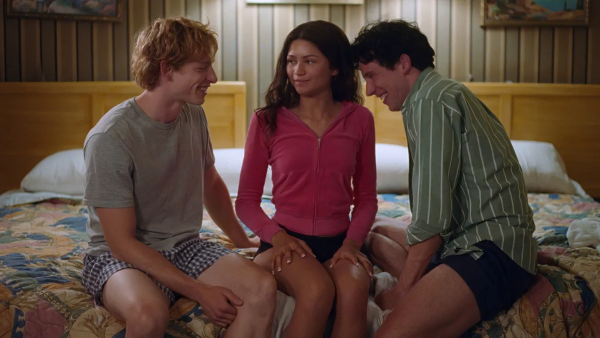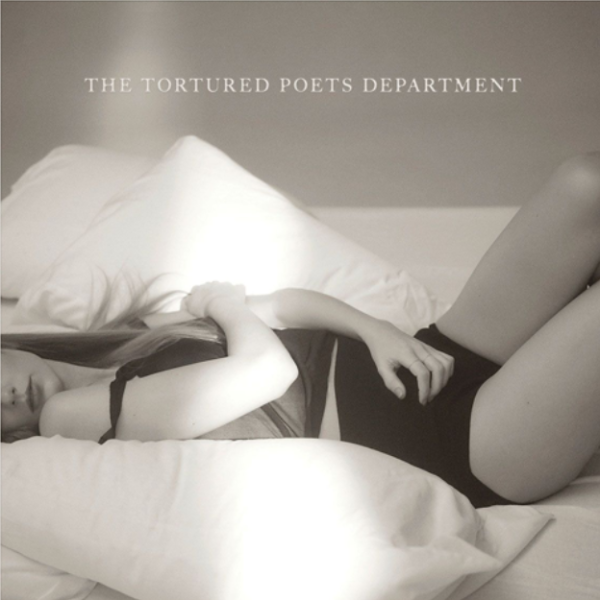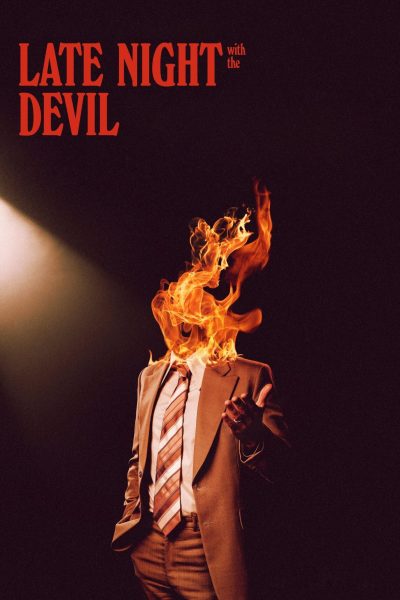“Blonde” Confuses Honor With Exploitation
There are several ways to honor dead celebrities. Though usually done by reminiscing on their accomplishments and legacy, it is also important to honor their hardships by shedding light on their experiences. While it is possible to be respectful of one’s trauma while still allowing them to maintain their survivor’s autonomy post-partum, Andrew Dominik’s “Blonde” does the opposite for Marilyn Monroe.
“Blonde” premiered at the Venice Film Festival in September and came to theaters and Netflix in the following weeks. This conveys the message that Monroe suffered immensely in the process of her stardom and carries the assumption that it is doing her a service by shedding this light. However, this assumption poses two problems, the first being that none of her depicted trauma is necessarily real. Based on a fictional biography of the same name by Joyce Carol Oates, “Blonde” is a fictional adaptation before it can dare call itself a biopic. Therefore, this is no presentation of Monroe’s story, but rather a usage of her image for the sake of entertainment.
The second problem is even if the depicted abuse was real, it assumes Monroe would have appreciated her portrayal in an extremely vulnerable light. Ana de Armas’ portrayal is uncanny in her appearance and breathtaking in its range of emotion. However, the only one who should sign on to portrayals and retellings of their private life and the abuse they may have endured is the person who went through it themselves. It is both ignorant and exploitative to assume that Monroe would have liked to air her trauma on a worldwide stage. In a sense, “Blonde” is hardly more respectful to her than those who this film shows as Hollywood elites who didn’t treat Jean like a human capable of making her own decisions with her body and her image.
Even ignoring its ethical dilemmas,“Blonde” is ultimately blinded by its vision, or, maybe more accurately, lack thereof. What brings it down is its overindulgence and lack of narrative or artistic focus. While it could be argued that its scattered storytelling and shifting styles enhances the way Jean may have felt as she gradually lost her grip on herself and her loved ones, it ultimately makes for a script that does not allow the viewer to form an attachment with Jean. It seems Dominik felt the solution to this problem was to write a film so heavy-handed in its symbolism and one-dimensional in its suffering that it distracts from the actual storyline.
What should have been an intimate experience about a woman once branded “America’s Sweetheart” felt like periodic check-in with an old acquaintance. Even for such a long film to present the extent of Jean’s suffering at the range it is trying, and failing, to capture, it would have had to be either longer and more comprehensive or take an entirely different, more standard approach stylistically. While several scenes are capable of garnering an emotional response, it is often more effective for its content and subject matter than its writing. For this reason, de Armas is its saving grace, as she gives the film everything Dominik’s script couldn’t: genuine pain, complexity, and depth.
By the end, all that’s felt is that you’ve watched a woman suffer, and the source of her suffering was hand delivered and over-explained, begging the question on why it’s two hours and 46 minutes were spent delivering this same description, instead of properly exploring Jean and her psyche.
Your donation will support the student journalists of Saint Louis University. Your contribution will help us cover our annual website hosting costs.




![The Teskey Brothers [Crew] gather together for a curtain call in front of a raucous St. Louis crowd after a two-song encore. (Photo courtesy of Vertrell Yates / @trellseyephotography)](https://unewsonline.com/wp-content/uploads/2024/05/Screenshot-2024-05-21-232057-600x370.png)








